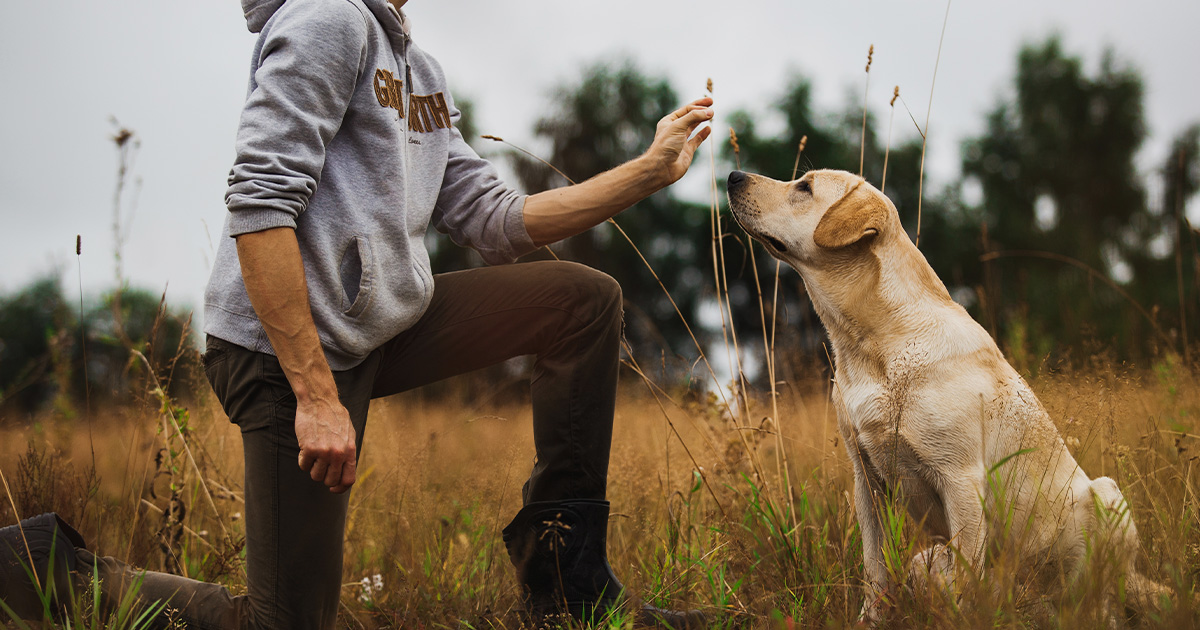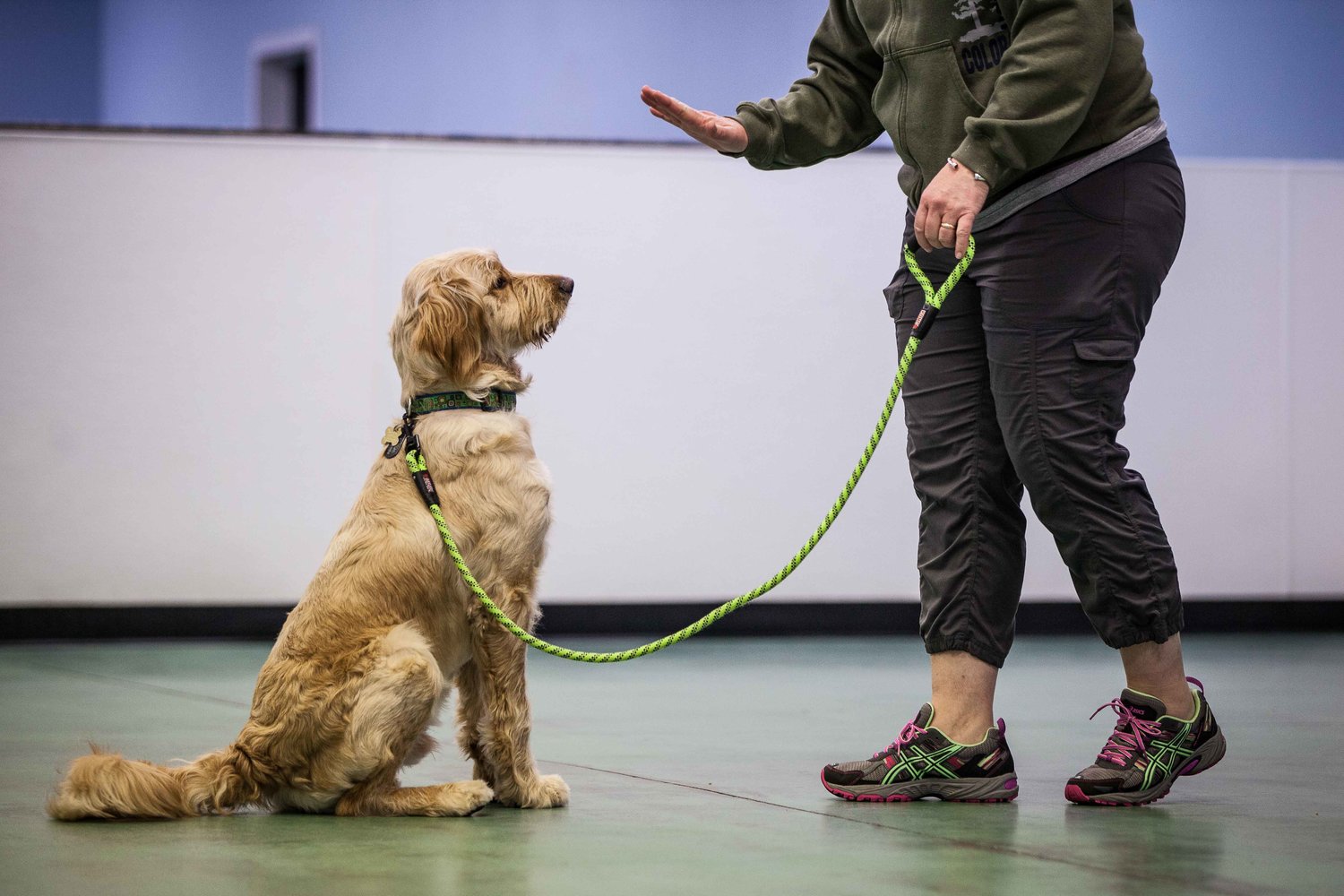Puppy Training That Teaches Key Skills for Lifelong Good Behavior
Puppy Training That Teaches Key Skills for Lifelong Good Behavior
Blog Article
Top Canine Educating Methods Every Proprietor Must Know
Among the most noticeable methods are positive support, remote control training, and leash training, each offering unique benefits that add to a mannerly dog. As we explore these fundamental methods, it ends up being evident that grasping their subtleties can significantly influence the training experience and the pet's general habits.
Favorable Reinforcement Techniques
Making use of favorable support techniques is vital for efficient pet dog training, as it fosters a relying on bond in between the instructor and the canine. This approach concentrates on fulfilling desirable habits instead of punishing unfavorable ones, creating an atmosphere for finding out. Benefits can consist of treats, appreciation, or play, which motivate pet dogs to duplicate the behaviors that earn them these incentives.
Favorable support is rooted in the concepts of operant conditioning, where actions is influenced by its repercussions. By constantly satisfying particular actions, fitness instructors can form a dog's habits with time. As an example, a dog that rests on command and gets a reward is most likely to duplicate that behavior in the future.
In addition, this technique improves the dog's excitement for training sessions. When canines link training with favorable experiences, they are much more engaged and receptive. Past immediate behavior modification, favorable reinforcement motivates a joint connection between the dog and trainer, lowering anxiety and concern.
To make the most of effectiveness, it is important to deliver benefits immediately, guaranteeing the pet links the habits with the reinforcement. In essence, positive reinforcement strategies not only yield better-trained pet dogs yet additionally advertise an unified collaboration between dog and proprietor.
Clicker Training Method
The remote control training technique is an extremely efficient technique that develops upon the principles of positive reinforcement by including a distinct noise to mark desired actions. This method makes use of a little handheld tool that creates a clicking noise, allowing instructors to connect with their pets in a prompt and clear fashion. When a dog executes a behavior that the owner wants to encourage, the remote control is activated, complied with by a benefit, generally in the kind of deals with or appreciation.
The secret to successful remote control training lies in uniformity and timing. It is essential to click at the exact minute the wanted behavior occurs, guaranteeing that the pet links the noise with the activity and the subsequent benefit. This approach not only enhances communication however also fosters a more powerful bond in between the pet dog and the owner, as it encourages engagement and interaction during training sessions.
Remote control training can be put on a range of behaviors and commands, from basic obedience to more complex techniques. Its adaptability and efficiency make it a popular method amongst professional trainers and pet proprietors alike, leading the means for a trained and responsive canine buddy.

Leash Training Essentials
Efficient chain training is necessary for making sure a safe and delightful strolling experience for both canines and their owners. Leash training need to start early and be approached with patience and consistency (Dog training). Begin by picking an ideal leash and collar or harness. A level collar may function for some pet dogs, while others might take advantage of a harness that reduces pulling.
Introduce your pet to the leash progressively, enabling them to explore it in a comfortable atmosphere. Once they are accustomed, technique loose-leash strolling. This includes fulfilling your dog for walking next to you instead of drawing ahead. Use treats and praise to strengthen preferred actions, and make sure to remain assertive and tranquil.
If your pet begins to pull, stop walking right away. Wait until they go back to your side before returning to. This educates them that pulling does not cause advance. Additionally, technique different strolling environments to assist your pet dog adjust to distractions.
Regular technique will certainly strengthen your canine's understanding of leash etiquette. Keep in mind that chain training is an ongoing process; patience and uniformity will generate the very best results, fostering a favorable experience for both you and your canine companion.
Socializing Methods
Socializing is a vital facet of pet dog training that need to preferably start during puppyhood yet can be valuable at any age. Reliable socializing assists pet dogs develop confidence and lowers the chance of behavior concerns. To execute effective socialization methods, expose your canine to a variety of settings, people, and various other pets.

Beginning with regulated settings, such as puppy courses or arranged playgroups, where young dogs can connect safely. Gradually introduce your canine to new experiences, including different sounds, surface areas, and tasks. Make certain these encounters are gratifying and positive to develop a complacency.
For grown-up pet dogs or those lacking exposure, begin with low-stress situations. Short, positive communications with friendly humans and calm pets can produce positive organizations - Dog training. Make use of treats and appreciation to strengthen desirable behaviors during these experiences
Monitoring your pet's body movement is necessary; indications of fear or aggressiveness should be dealt with promptly, either by getting rid of the dog from the scenario or rerouting its emphasis. Constantly exposing your click for info pet dog to diverse stimuli will certainly promote versatility, making it an all-around buddy efficient in prospering in various settings.
Uniformity and Patience
Recognizing the relevance of consistency and patience in pet training is important for accomplishing enduring outcomes. Inconsistent training can lead to confusion, making it tough for the pet to understand commands or habits, ultimately hindering progress.
Pets, like humans, discover at their very own speed. This promotes a trusting partnership in between the dog and owner, encouraging a more passionate and prepared student.
To cultivate consistency and perseverance, establish a regular training regular, make use of the exact same commands, and ensure that all member of the family apply the exact same training concepts - Dog training. By doing so, you create a stable atmosphere for discovering, allowing your pet dog to grow and create into a mannerly friend

Verdict
In verdict, effective canine training methods, such as favorable reinforcement, remote control training, and appropriate chain training, are necessary for promoting a healthy owner-dog partnership. In addition, applying socialization strategies and keeping consistency and patience throughout the training procedure contributes substantially to a canine's total wellness. By incorporating these methods, pet proprietors can facilitate the advancement of well-adjusted, obedient pets, inevitably boosting the lifestyle for both the dog and the owner.
Amongst the most noticeable methods are favorable reinforcement, clicker training, and chain training, each offering distinct benefits that contribute to a mannerly pet. As we discover these basic strategies, it becomes apparent that grasping their nuances can dramatically impact the training experience and the pet dog's general habits.Making use of positive support techniques is important for effective pet dog training, as it fosters a trusting bond in between the canine and the trainer.In final thought, reliable canine training click for more info strategies, such as pop over to these guys favorable reinforcement, remote control training, and proper leash training, are vital for fostering a healthy and balanced owner-dog relationship. By integrating these techniques, pet proprietors can promote the development of well-adjusted, obedient family pets, inevitably enhancing the top quality of life for both the pet and the owner.
Report this page